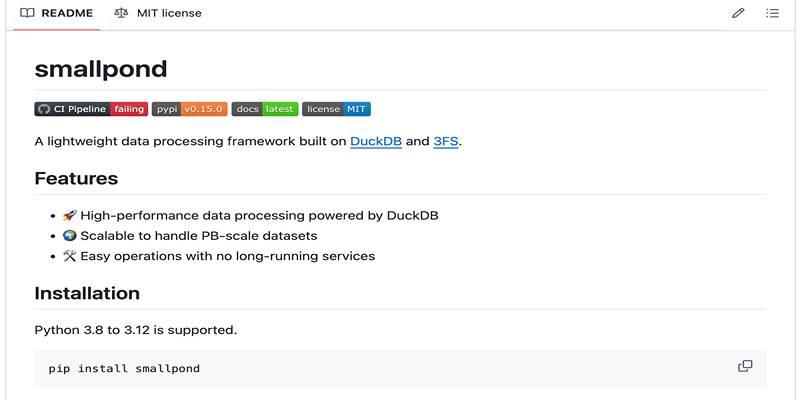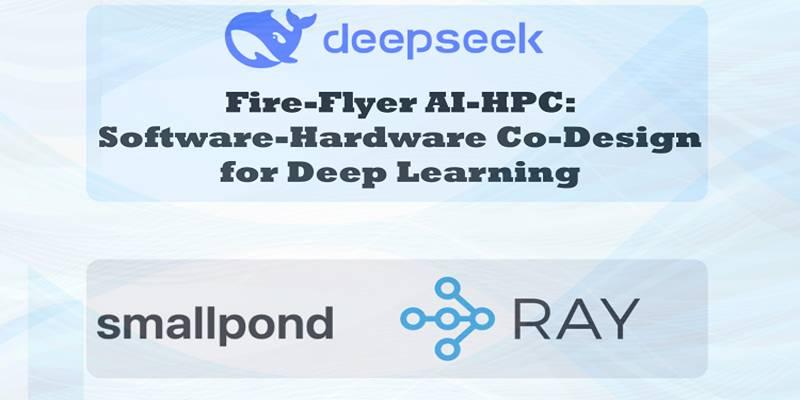Smallpond is gaining attention as a flexible and beginner-friendly platform that helps creators, educators, and community builders share their work and connect with their audience. In a digital space crowded with tools that often feel overwhelming, Smallpond offers a refreshing experience with simplicity, clarity, and real utility. This post takes a deep dive into what Smallpond is, who it's for, how it works, and why it’s becoming the go-to platform for people looking to build small but meaningful online communities.
What Is Smallpond?
Smallpond is an all-in-one digital publishing platform designed to support independent creators. In a world filled with complex tools and algorithm-driven social media, Smallpond aims to simplify how creators publish, monetize, and share their work. It is especially useful for writers, artists, coaches, educators, and community leaders looking for a calm, clutter-free environment where their content takes center stage. Instead of chasing likes or competing with viral trends, creators on Smallpond can focus on what matters most: building a genuine connection with their audience through meaningful content.
Key Features of Smallpond

Smallpond offers a solid set of features that cater to anyone trying to build an online presence. These tools are simple to use and don’t require any third-party apps to get started.
Publishing Tools
Smallpond includes built-in tools that let users publish content directly on the platform. These tools are designed to be minimal but powerful, allowing creators to:
- Write and format articles
- Add images, links, or videos
- Schedule posts in advance
- Organize content into collections
- Set visibility to public or members-only
Member Management
Managing subscribers and community members is easy with Smallpond. Instead of using email services or external databases, everything is built in. It includes:
- Sign-up forms and email collection
- Member profiles
- Audience segmentation
- Direct messaging options
It’s an efficient way to keep track of who’s following your work and to engage with them in a more personal, focused setting.
Product and Payment Integration
Creators can sell digital products, offer subscriptions, or accept donations—all without needing to connect to a separate store or payment processor.
With Smallpond, users can:
- Offer paid memberships
- Create tiered subscription models
- Sell digital products like eBooks or courses
- Accept recurring or one-time payments
It makes it an excellent tool for people looking to monetize their content and maintain full control of their earnings.
Getting Started on Smallpond
Getting started is simple and beginner-friendly. Here's what to do:
- Step 1: Sign Up – Visit the Smallpond website and create an account. No tech skills required.
- Step 2: Set Up Your Space – Choose your colors, and logo, and customize your page.
- Step 3: Create Content – Start publishing posts, adding products, or inviting members.
- Step 4: Share and Grow – Use your link to invite others and grow your community.
You can start small and expand over time. The platform is designed to grow with you.
Ideal Users for Smallpond
Smallpond is built for creators who value control, clarity, and connection. It’s not aimed at large corporations or mass marketers but rather at individuals or small teams who want to make a difference through focused content and real community interaction.
Here are some people who may benefit most from using Smallpond:
- Writers and journalists looking to run their newsletter without being tied to ad platforms.
- Educators and coaches who want to teach, share resources, and create private member areas.
- Artists and designers who want to showcase and sell digital work.
- Local organizations need a central place to communicate and grow.
For these users, Smallpond offers an easy and effective way to build an online home.
Smallpond vs. Traditional Platforms

Many people compare Smallpond to platforms like Substack, Patreon, or even Facebook Groups. While these platforms each serve their purpose, Smallpond offers a unique blend of features that make it stand out.
What sets Smallpond apart:
- All-in-one tools – No need for separate tools to manage newsletters, payments, or memberships.
- Privacy and control – The user owns their data and content.
- Clean design – Minimalist and distraction-free interface.
- Community-first focus – Encourages dialogue and deep interaction over likes and shares.
While Substack is focused on newsletters and Patreon on funding, Smallpond combines these models and adds strong community tools, making it more versatile for small-scale creators.
Advantages of Using Smallpond
Smallpond has several standout advantages that appeal to today’s independent creators.
- No coding required – Great for users with limited tech skills.
- Affordable pricing – Starts free with upgrade options available.
- Direct relationships – Users talk to their audience without filters or third-party interference.
- Rapid setup – Go live in minutes.
- Supportive environment – Built to empower thoughtful, purpose-driven creators.
Its simplicity does not limit what users can do—it actually enables them to do more with less effort.
Limitations to Consider
While Smallpond is a powerful tool for individuals and small groups, it does have some limitations.
- Not ideal for large brands – Lacks advanced enterprise features.
- Fewer integrations – Compared to WordPress or other plugin-heavy platforms.
- Limited visual customization – Good design, but fewer layout options than full site builders.
However, for those who value ease of use and a community-first design, these limits may not be an issue.
Tips for Getting the Most Out of Smallpond
For creators who want to get serious about using Smallpond, a few strategies can help:
- Define a goal early – Whether it’s publishing weekly content or selling digital products.
- Be consistent – Build trust by showing up regularly.
- Invite feedback – Encourage members to respond, comment, and engage.
- Promote your space – Share your Smallpond page on social media or with your email list.
Using Smallpond effectively is less about being perfect and more about being consistent and genuine.
Conclusion
Smallpond is a powerful yet simple platform for people who want to create and connect without getting lost in complexity. By offering clear publishing tools, built-in community features, and options for monetization, it empowers creators to build spaces that matter. For educators, artists, writers, and anyone looking to build a tight-knit online community, Smallpond provides the tools to grow naturally and sustainably. Its balance of simplicity and flexibility makes it an ideal choice for thoughtful creators in search of a digital home.











